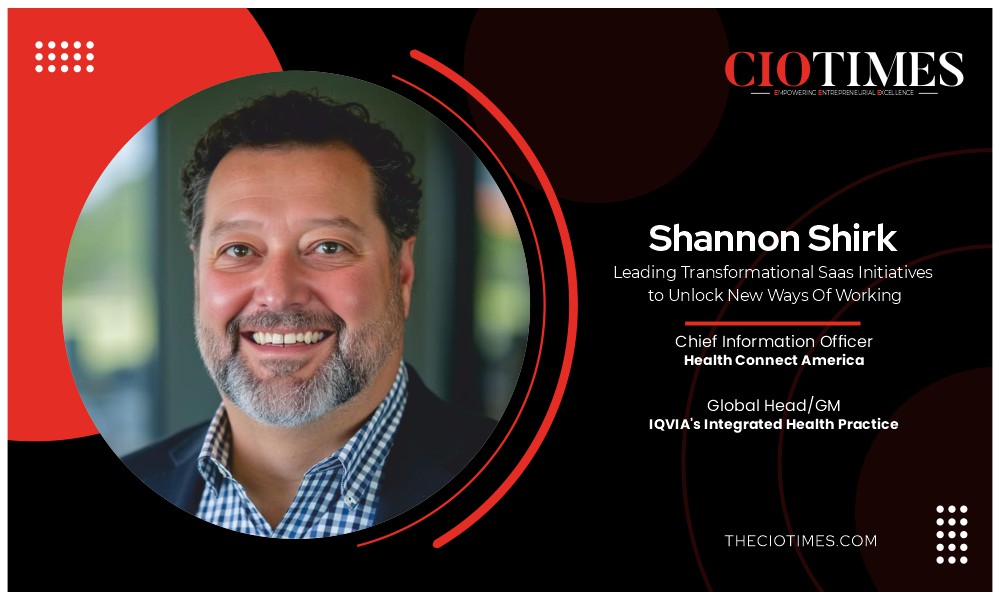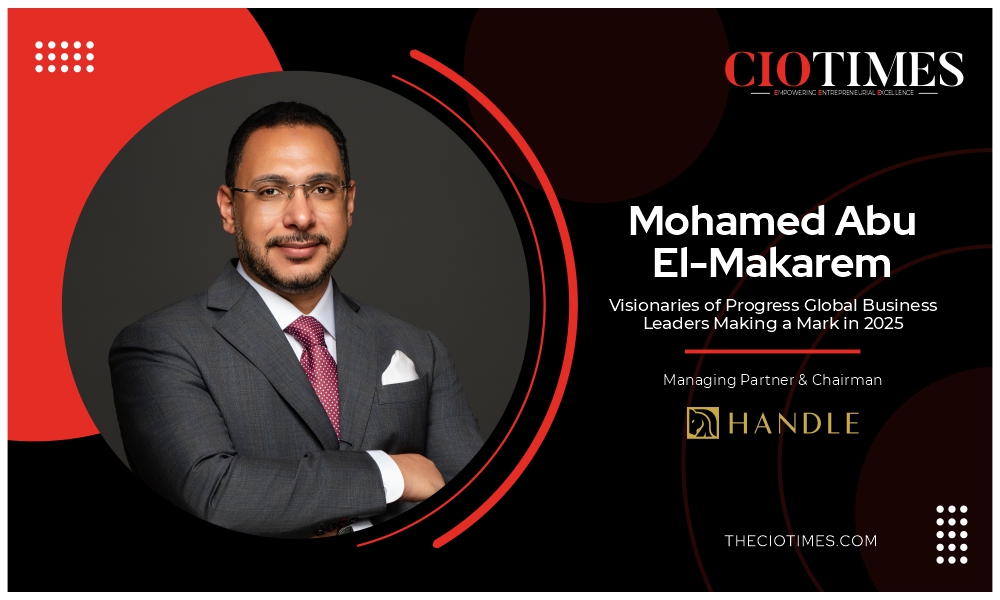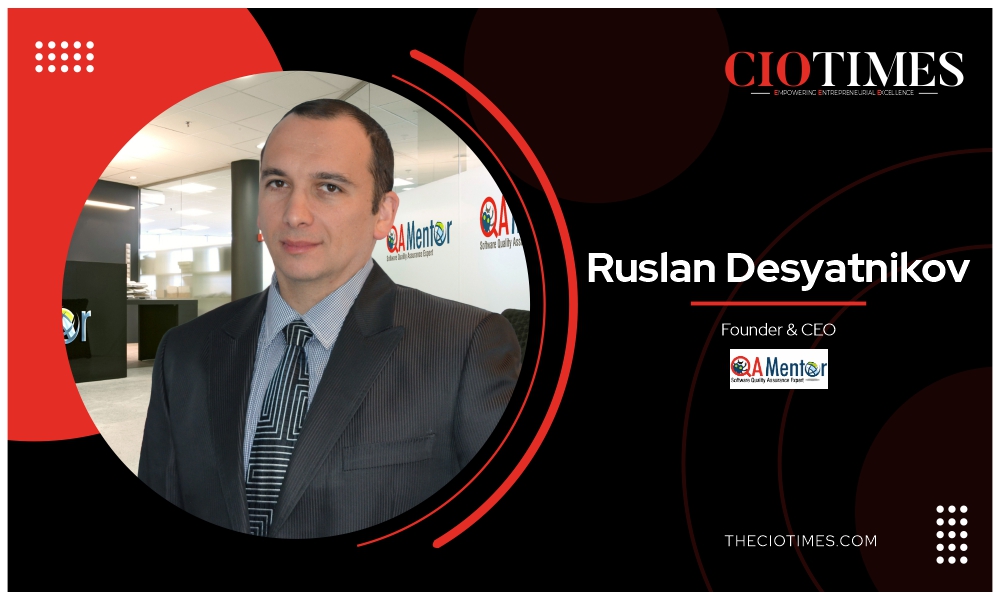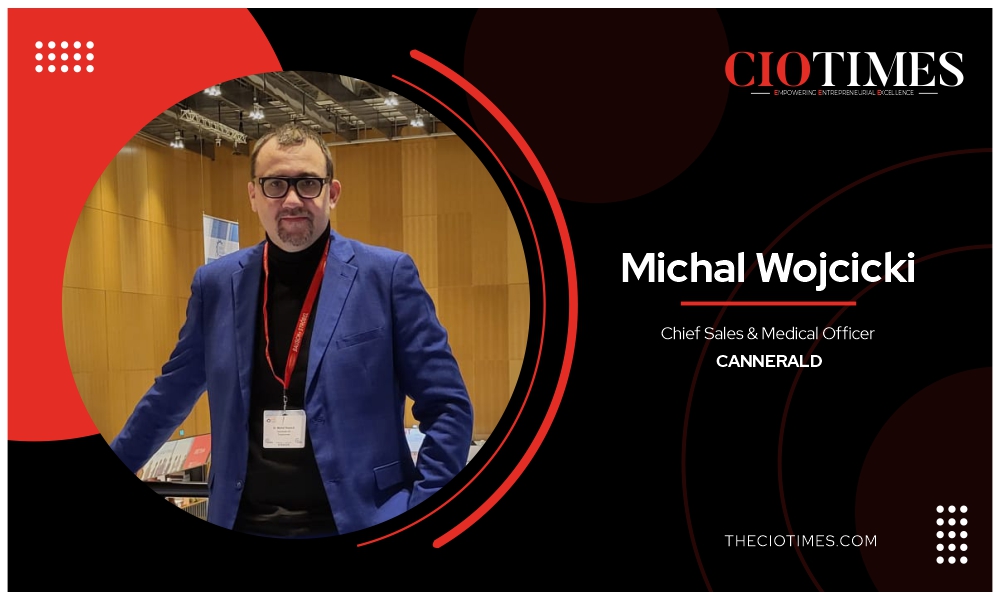Effective leadership in the complex landscape of healthcare technology requires more than just an understanding of emerging trends or the latest tools. It demands a balance between driving innovation and staying rooted in the fundamental mission of patient-centric care.
Leaders must be agile, able to navigate rapid technological advances while keeping the well-being of patients at the heart of every decision. In this context, leadership becomes an art—a delicate blend of strategic foresight, empathy, and operational excellence. As the healthcare industry faces transformative shifts, it is the leaders who can harmonize these elements that will redefine the future of patient care.
Shannon Shirk, former Chief Information Officer at Health Connect America and Global Head/GM of IQVIA’s Integrated Health Practice, exemplifies this nuanced leadership. With a career spanning high-tech product engineering to healthcare technology, Shannon has cultivated a perspective that prioritizes both technological advancement and patient experience. His journey is a testament to how a blend of global experience, consumer-first focus, and people-centric leadership can drive meaningful innovation in healthcare.
A Journey Defined by Perspective
Shannon’s career began in the high-tech world, where he led product engineering and testing teams for global companies. His early roles gave him deep insights into managing technology solutions and global teams that cater to diverse audiences across different cultural contexts. This experience laid the foundation for his unique approach as a CIO—an approach that centers on understanding the varied needs of users and the business, and tailoring solutions accordingly.
“Technology may be used to solve the same or similar problems in various scenarios, but depending on the audience and culture, you might need to approach the implementation or solution in a very different way to meet the needs of the consumers or business,” Shannon explains. This consumer-first/patient-first philosophy, where the focus remains on people rather than technology, guides his leadership philosophy.
“To me, this is the path to success—keeping the end-users’ needs and outcomes in focus.”
As he transitioned into healthcare, Shannon quickly recognized the industry’s lag in adopting technology. “The joke in healthcare technology is that it’s ten years behind high-tech or fintech,” he remarks, humorously highlighting the industry’s notorious resistance to change. Despite this, Shannon has remained steadfast in his mission to modernize healthcare systems, focusing on the untapped potential that lies in adopting modern, secure, flexible, and scalable systems and methods.
Patient Engagement: A Missed Opportunity in Healthcare
In the intricate amalgamation between technology and healthcare, patient engagement often becomes an overlooked aspect. Shannon, however, sees this as a critical area where technology can make a profound impact—if only the industry were willing to embrace change.
Shannon’s consumer-first approach, deeply influenced by his global experience in high-tech engineering, biopharma, and healthcare, emphasizes that the ultimate success of any healthcare technology lies in its ability to engage patients meaningfully and reduce the burden on providers and clinicians.
“Many established practices are holding on to technology that’s well beyond its shelf life,” Shannon explains. He observes that healthcare, particularly in the United States, often clings to outdated systems—like fax machines and obsolete versions of Windows—simply because they have been ‘working’ for decades. This reluctance to upgrade, he argues, is more than just a technological lag; it’s a missed opportunity to enhance patient engagement and trust. It is also a huge risk area for security and compliance that must be immediately addressed and mitigated.
Shannon’s perspective is clear: by adopting modern and flexible sytems and technologies, healthcare providers could make it significantly easier for patients to interact with their clinicians and to increase clinician satisfaction and work-life balance. “We are losing too many providers due to the complexities of documenting their job, their ability to effectively communicate and interact with patients, and ultimately their ability to help make the patient’s health and lives better, with better and predictable outcomes. When systems and practices fail to upgrade, they miss the chance to digitize and simplify patient interactions, make charting easier for clinicians, streamline and simplify the billing and revenue processes, and create proactive, trust-building communication with patients.” This, he believes, is where healthcare is losing ground—not only with patients but also with the clinicians/providers, administration, and operators.
The benefits of a modernized, patient-centric approach extend beyond just convenience. For Shannon, it’s about fostering a relationship between the patient and provider that is built on ease of access, clear communication, and mutual trust. He points out that with better technology, patients can be more proactive in their healthcare journeys, leading to improved outcomes and experiences. “Engaging patients early and making it easier for them to navigate their care is essential to improving their overall health experiences,” he asserts.
In his former roles, Shannon made it a priority to push for these changes, always with the end-user—the client or patient—at the forefront of his decisions. By advocating for technology that puts the patient first, Shannon is not just implementing systems; he is transforming how patients experience healthcare. His approach highlights the critical intersection between technology and patient care, where the true potential of healthcare technology can be realized.
Aiding Underserved Communities
One of the most significant challenges in healthcare technology lies in providing care for underserved communities. Shannon’s perspective on this issue is clear: innovation must begin with addressing basic needs.
“When working in underserved communities, you have to really start with the basics. “Does the person have a place to sleep? Do they have electricity? Are there food insecurities? Once those basic needs are met, you can ask if they even have internet access and devices to use the provided technology?” he adds. “Do the clinicians in those areas have the tools they need to effectively provide care for their patients?”
Shannon recounts his experience as CIO at a mental and behavioral health practice, where the technology team worked with the EHR vendor Qualifacts to develop an offline solution and equip clinicians with iPads that could run offline applications. This approach allowed clinicians to perform their work even in areas with limited or no internet connectivity, thereby reducing administrative burdens and improving service delivery.
“Previous to this solution, clinicians were paper charting and had to update electronic charts after they returned home or to the office—significantly increasing their working hours and risk of burnout,” he explained. “Having a partner that aligns with your values and is committed to meeting your business needs is very important. It’s not just about the feature and functionality of the products. You have to work together towards a common goal and vision.”
This emphasis on meeting communities where they are, rather than imposing one-size-fits-all solutions, is central to Shannon’s approach. It’s a philosophy that blends pragmatism with compassion, ensuring that technological advancements genuinely improve the lives of those most in need.
The Pandemic’s Impact on Mental and Behavioral Health Services
The COVID-19 pandemic brought unprecedented challenges to the mental and behavioral health sectors, forcing a rapid transition from in-person to remote services. For Shannon, this shift exposed the stark disparities in access to healthcare, particularly in rural and underserved areas. “Mental health practices were 99% in-person prior to the pandemic. Healthcare, in general, had to transition to a remote-based practice very quickly,” Shannon said.
In many areas, this transition was far from smooth. Shannon shares a poignant example from his rural county in Tennessee, where half of the families lack internet or cell service at their homes. “Instead of being able to switch to remote learning as many school systems did during the pandemic, our local school district had to simply cancel school for the rest of the year because they couldn’t provide remote services and access to all students.” The repercussions of this digital divide are still being felt, particularly among elementary school children who missed out on critical learning and social development.
Shannon’s account serves as a reminder of how critical infrastructure, or the lack thereof, can deepen existing disparities. His work continues to focus on bridging these gaps, using technology as a tool to expand access and improve outcomes.
The Backbone of Patient-Centric Care
For Shannon, data is the lifeblood of effective healthcare. “Data-driven decisions are a motto I live by,” he asserts. In his role as CIO, Shannon has implemented a cloud-first strategy to ensure seamless integration and data accessibility across systems. Realizing that many healthcare organizations often do not have the budget or time to stand up dedicated data science and dedicated data analytics teams, Shannon partnered early with DOMO, a data analytics and data warehouse as a service platform—connecting all the various data sources in a simple and non-coding way—any data source: finance data, EMR data, compliance data, HR data, spreadsheets, emails, etc. In Shannon’s experience, DOMO has proven transformative, enabling non-programmers to create dashboards and reports while expanding the organization’s vision of what can be achieved through data.
“DOMO not only allows you to surface the data that business and clinicians thought they needed, but it also helped expand their vision of what they could do with the data.” Shannon’s emphasis on data analytics is twofold: it must support clinicians in delivering better patient care and outcomes and also provide the business with actionable insights for decision-making and compliance.
This holistic approach to data management underscores Shannon’s commitment to ensuring that technology serves both operational efficiency and patient well-being. It’s a strategy that not only improves care, but also positions people at the forefront of data-driven healthcare.
Preparing for the Future
Looking ahead, Shannon identifies several trends that will define the next five years in healthcare technology. Of course, security, privacy, and compliance are top and critical priorities. Next, Natural Language Processing (NLP), Artificial Intelligence (AI), and Machine Learning (ML) are at the forefront of these developments.
“Continuing to ease the providers’ and clinicians’ documentation burdens is key. NLP/AI/ML will be critical in helping with both getting the information into the EHR and getting the relevant and important information out of the EHR that is not in a typical structured data element.”
Shannon also underlines the growing importance of AI and ML in improving data security. “Using AI/ML to improve the security side of things—automating detection and responses (SOAR), discovering trends, and identifying potential weak or risk areas—is critical.”
To prepare for these changes, Shannon advocates for a culture of continuous learning, solution flexibility, and proactive scenario planning. “Security, privacy, and compliance are not a one-time exercise to document. They must be a living document and plan, with continual tabletop reviews and actual exercises to be effective.” His forward-thinking approach ensures that the business remains adaptable and ready to meet new challenges as they arise.
Continuing to Be A Human-Centric CIO
Shannon’s leadership is guided by a set of core principles, including the Golden Rule: “Do unto others as you would have them do unto you.” He also draws inspiration from Warren Buffet’s famous quote on hiring: “In looking for people to hire, you look for three qualities: Integrity, intelligence, and energy. And if they don’t have the first, the other two will kill you.”
These values reflect Shannon’s commitment to ethical leadership, where trust and integrity are non-negotiable. In a field as critical as healthcare, where lives are directly impacted by leadership decisions, these principles are more than just words—they are the foundation on which successful, sustainable organizations are built.
Shannon Shirk’s journey from high-tech engineering to healthcare technology is a story of adaptability, learning, and an unwavering focus on people. In an industry often mired in legacy systems and resistant to change, Shannon’s consumer-first approach, combined with his strategic foresight, has positioned him as a transformative leader.
Shannon continues to bridge the gap between technological innovation and patient-centric care. His emphasis on data-driven decisions, continuous education, and ethical leadership offers a blueprint for other leaders navigating the complex intersection of healthcare and technology.
In a world where healthcare challenges are increasingly global and interconnected, Shannon’s philosophy serves as a reminder that the ultimate goal of technology is to enhance human experience. By keeping people at the center of every decision, he is not just advancing healthcare technology—he is redefining what it means to lead with vision, compassion, and purpose.





